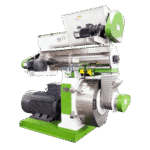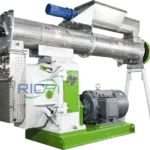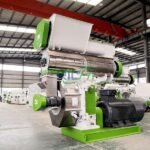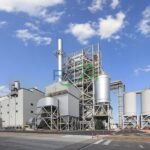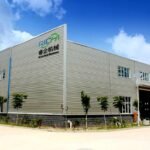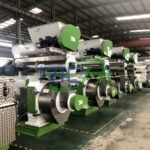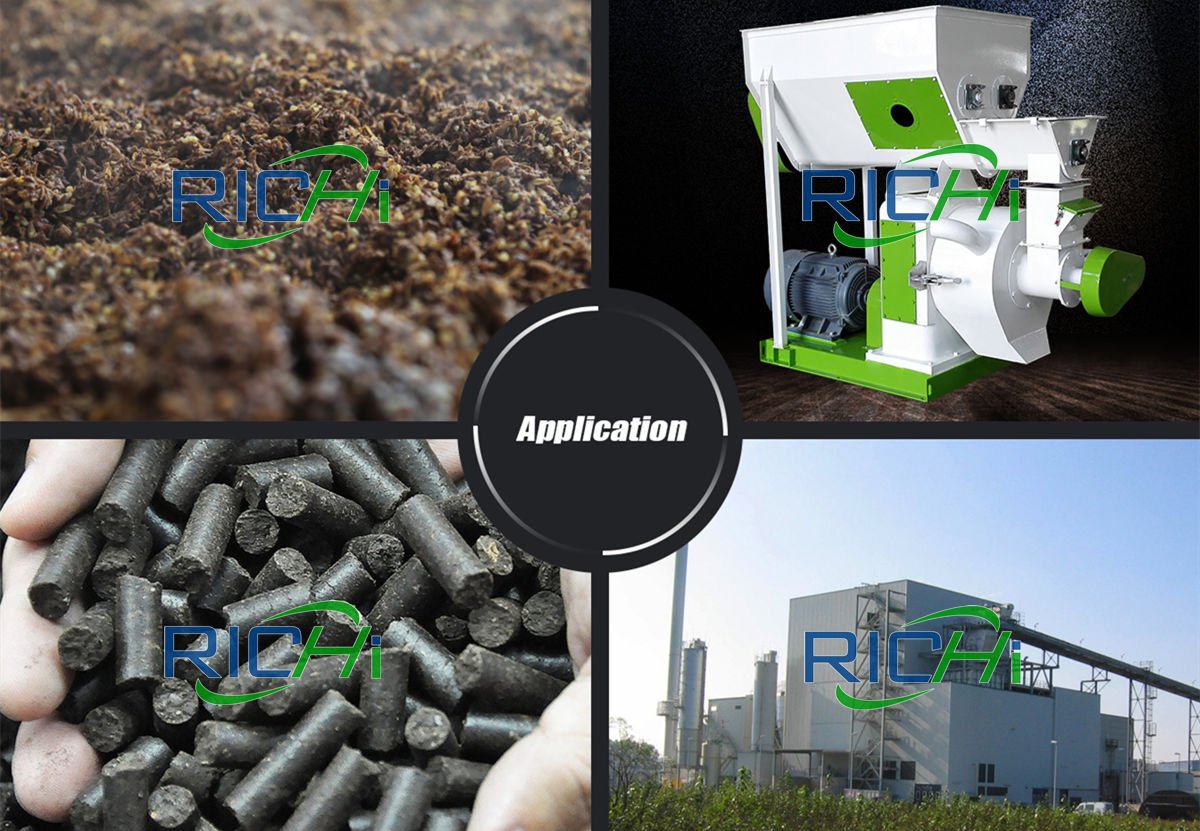The following is a brief introduction to the process of the 1-200,000-ton organic fertilizer production line and organic fertilizer production machine.
1. The process of 1-200,000 tons of organic fertilizer production line
Organic fertilizer made by organic fertilizer production machine is farmyard manure, including various animal and plant residues or metabolites, such as human and animal manure, straw, animal residues, slaughterhouse waste, sugar mill filter mud, urban sludge, paper sludge, wine troughs , straw, peat, etc. In addition, it also includes cake fertilizer (rapeseed cake, cottonseed cake, bean cake, sesame cake, castor cake, tea seed cake, etc.); compost; compost; manure; biogas; green manure, etc.
Mainly derived from plants and (or) animals, carbonaceous materials that are applied to soil to provide plant nutrition as their main function. It is processed from biological materials, animal and plant wastes, and plant residues to eliminate toxic and harmful substances, and is rich in a large number of beneficial substances, including: a variety of organic acids, peptides, and rich in nitrogen, phosphorus, and potassium. nutrient elements.
The fertilizer made by organic fertilizer production machine can not only provide comprehensive nutrition for crops, but also has a long fertilizer effect. It can increase and renew soil organic matter, promote microbial reproduction, and improve the physical and chemical properties and biological activity of soil. It is the main nutrient for green food production.
The production process of the organic fertilizer production machine is mainly to remove organic solid wastes with a moisture content of less than 60%, such as chicken manure, pig manure, cow manure, duck manure, domestic garbage, sugar residue, distiller’s grains, sludge, medicinal residue, sugar slag, mushroom scraps, rice husks, weeds, straws, monosodium glutamate plant scraps, etc. are the main raw materials.
And microbial fermentation agents are added to mix evenly, and aerobic continuous fermentation makes it fully decomposed, sterilized, deodorized, and dehydrated. , fermented, decomposed and dried to a water content of 30-35% of the organic waste after crushing, and then magnetically sieved.
Then the raw materials with the binder and other ingredients to be compatible are measured, batched and mixed in the automatic batching mixing system according to the ratio requirements (or further dried to produce powdered organic fertilizer), and the fully mixed materials are uniformly distributed by the belt conveyor.
It is continuously fed into an organic fertilizer pellet making machine for granulation, and then dried by a dryer at low temperature and large air volume (≤65℃), and then cooled, sieved, and the finished granules are coated by a coating machine (brightening agent and anti-caking agent). 40-50kg/bag of finished products are then stacked and put into storage, and finally round granules of fertilizer are produced.
The organic fertilizer equipment production line includes: fermentation turner, automatic batching machine, pulverizer, mixing mixer, organic fertilizer production machine, dryer, cooler, screening machine, coating machine, packaging equipment, belt conveyor, etc.
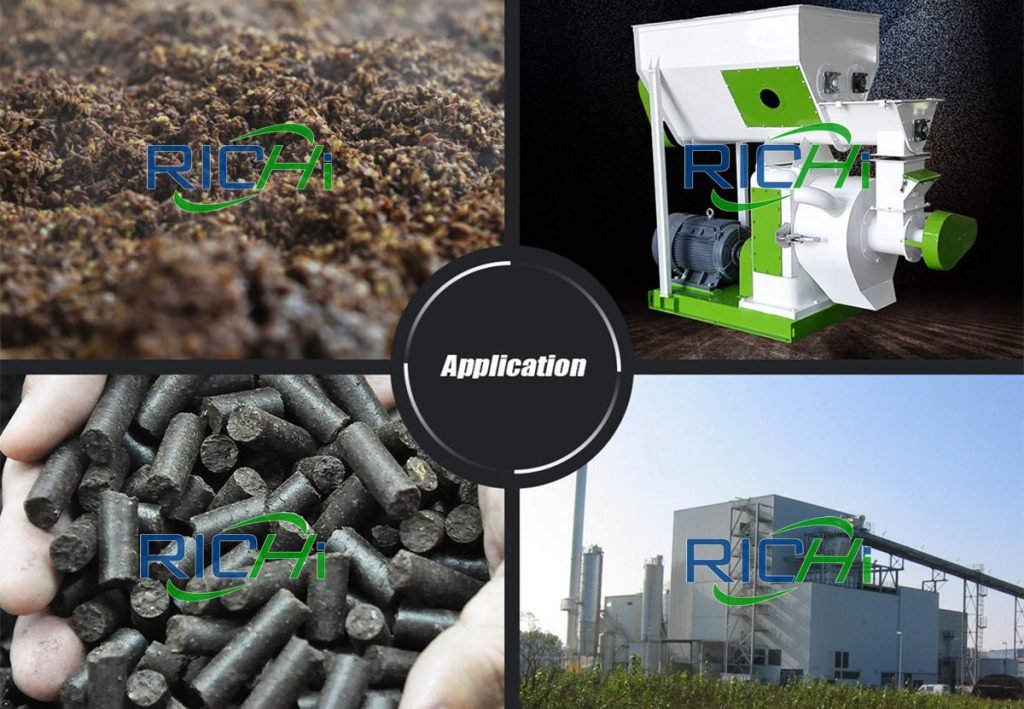
2. Purchase organic fertilizer production machine
lIt is necessary to determine the output of organic fertilizer production machine, such as how many tons per year, or how many tons per hour, so that the price can be determined.
- The shape of the particles needs to be determined, whether it is powder, column, oblate or standard round. Commonly used granulating organic fertilizer equipment are: disc organic fertilizer pellet mill, drum organic fertilizer production machine, wet organic fertilizer pellet making machine, roller extrusion organic fertilizer pellet making machine, flat die organic fertilizer pellet mill, ring film organic fertilizer production machine.
The selection of the organic fertilizer production machine should be determined according to the local fertilizer sales market. The particle shape is different, the process of organic fertilizer equipment is also different, and the price of organic fertilizer equipment is also different.
- It is necessary to determine the configuration level of the organic fertilizer equipment, the configuration level is different, the price of the organic fertilizer production machine is different, the amount of labor is different, and the stable and high yield of the organic fertilizer equipment is also different.
Generally, the higher the configuration, the more, the automatic batching device, automatic Packaging device, automatic quantitative feeding device, cyclone dust removal and ink dust removal.
- It is necessary to determine the type of fertilizer to be produced, whether it is compound fertilizer or organic fertilizer production machine.
For the same output, organic fertilizer and organic fertilizer production machine generally considers high water content and bacterial strains are not resistant to high temperature, and the model is generally larger than the compound fertilizer model. Some.
There are 4 types of general organic fertilizers, pure organic fertilizer, organic-inorganic compound fertilizer, bio-organic fertilizer, compound microbial fertilizer.
- It is necessary to select the type of fermentation turning and throwing machine. The general fermentation forms are, stack fermentation, shallow water fermentation, deep tank fermentation, tower fermentation, and rotary drum fermentation. The fermentation methods are different, and the fermentation organic fertilizer equipment is also different.
Generally, the shallow tank turner is most suitable for the principle of aerobic fermentation (the advantages of the shallow tank turner: it is most in line with the principle of aerobic fermentation, it is not easy to form anaerobic, the fermentation is fully and completely, and the fermentation speed is fast).
- It is necessary to determine the level of environmental protection requirements. In places with low environmental protection requirements, heavy dedusting can be selected, and the investment in organic fertilizer equipment is low; in places with high environmental protection requirements, heavy dedusting and ink dedusting are generally selected, which can meet the national air emission quality standards.
3. Raw materials suitable for organic fertilizer
(1) Pig manure
Pig manure contains 15% organic matter, 0.5% nitrogen, 0.5-0.6% phosphorus, and 0.35-0.45% potassium. Pig manure is fine in texture and complex in composition, including protein, fats, organic acids, cellulose, hemicellulose and inorganic salts. Because it contains more nitrogen, the ratio of carbon to nitrogen is small, about 14:1. Generally, it is easily decomposed by microorganisms and releases nutrients that can be absorbed and utilized by crops.
Pig manure has the highest humus content, the largest amount of cationic substitution, and the strongest fertility retention, but it has more water content and less cellulolytic bacteria. Mixing a small amount of horse manure to inoculate cellulolytic bacteria can greatly increase the fertilizer efficiency.
(2) Cow dung
Cow dung contains 14.5% organic matter, 0.30-0.45% nitrogen, 0.15-0.25% phosphorus, and 0.10-0.15% potassium. The organic matter and nutrient content are lower in various livestock, the texture is fine, the water is more, the decomposition is slow, the calorific value is low, and it is a delayed-effect fertilizer.
Cow dung has high water content, poor ventilation, and the organic matter is difficult to decompose. It is a cold fertilizer. Dry the fresh species and add horse manure to mix and accumulate to obtain loose and high-quality organic fertilizer.
(3) Horse manure
Horse manure contains 21% organic matter, 0.4-0.5% nitrogen, 0.2-0.3% phosphorus, and 0.35-0.45% potassium. Horse manure contains more cellulose and hemicellulose. In addition, it also contains lignin, protein, fat, organic acid and various inorganic salts.
The water in horse manure is easy to evaporate, and it contains more cellulolytic bacteria. It is a thermal fertilizer. The application of horse manure can improve the properties of clay.
(4) Sheep manure
Sheep manure contains 24-27% organic matter, 0.7-0.8% nitrogen, 0.45-0.6% phosphorus, and 0.4-0.5% potassium. Sheep manure contains more organic matter than other animal manures, and the manure is finer and richer in fertilizer.
The heat of sheep manure is between horse manure and cow manure. It is also a thermal fertilizer, also known as warm fertilizer. It is applied on sandy soil and clay soil with good effect.
(5) Chicken manure
Poultry manure contains 25.5% organic matter, 1.63% nitrogen, 1.54% phosphorus, 0.85% potassium, 11% carbohydrate, 7% fiber, and fresh poultry manure has a high water content.
Nitrogen in poultry manure (chicken manure, duck manure, goose manure, pigeon manure, etc.) is mainly in the form of uric acid, which cannot be directly absorbed and utilized by crops, and is harmful to crop root growth. At the same time, fresh poultry manure is easy to attract underground pests.
4.How to configure the organic fertilizer production line?
Using organic fertilizer production machine to make manure into organic fertilizer is one of them, so how should farmers configure their own organic fertilizer production equipment?
(1) The scale of breeding needs to be sufficient
The production capacity of the organic fertilizer production line is very large, and it can produce 0.5-20 tons of organic fertilizer per hour. If the production scale of the farm is too small, and the use of livestock manure as the raw material for organic fertilizer production, the raw material of organic fertilizer will be insufficient.
Adding and introducing an organic fertilizer production line, then the organic fertilizer production machine will be in a stagnant state for most of the time, which is obviously not cost-effective. Even if the organic fertilizer production line with an output of 0.5 tons per hour is introduced, if the production is 8 hours per day, 4 tons of organic fertilizer will be produced on that day.
We all know that the moisture content of livestock manure is relatively high, and the moisture content of organic fertilizer cannot be higher than 30%, so the livestock manure required to produce one ton of organic fertilizer is higher than one ton. For example, one ton of pig manure can ferment 0.7 tons of organic fertilizer, and 5.7 tons of pig manure is needed to produce 4 tons of organic fertilizer.
Each pig in the pig farm produces 3.24 kg of pig manure per day on average, and the pig farm needs more than 1,700 pigs to produce 5.7 tons of pig manure. Similarly, 300 beef cattle, 160 dairy cows, 2,500 sheep and 60,000 chickens are needed.
If the scale is insufficient, the simple compost fermentation can be directly returned to the field. If the labor intensity of turning the heap is too high, an organic fertilizer turning machine can be used.
(2) Configure different grades of organic fertilizer production machine
- The daily production of organic fertilizer is less than 4-15 tons, and it is easy to configure a simple powder organic fertilizer production line. It needs to be equipped with a turner, a batching bin, a semi-wet material pulverizer, a screening machine, an automatic packaging scale, and three conveying equipment.
The organic fertilizer production machine investment is small and the effect is quick, and the equipment investment is 50000-100000 USD.
- To produce 15-30 tons of organic fertilizer per day, you can choose a medium-configured organic fertilizer production machine production line.
Turner, batching bin, semi-wet material pulverizer, horizontal mixer, organic fertilizer pellet making machine, dryer, cooler, trommel screening machine, coating machine, automatic packaging scale each, and several conveying equipment. This production line needs 100000-600000USD.
- The organic fertilizer production machine and organic fertilizer production line that produces more than 30 tons per day requires high-quality organic fertilizer, continuous trough turning and polishing machine, automatic feeding bin, sliding screen machine, semi-wet material pulverizer, horizontal mixer, organic fertilizer pellet making machine, dryer, cooler, one grading screening machine, one wrapping machine, one automatic packaging machine, and several conveying equipment.
This organic fertilizer pellet making machine production line has a huge investment and needs 200000-3000000USD.
The above is just a simple suggestion, you can also configure it according to your own wishes. The scale of the farm required for the configuration of various grades of organic fertilizer production machine production lines can be calculated according to the proportions in the previous paragraph.
